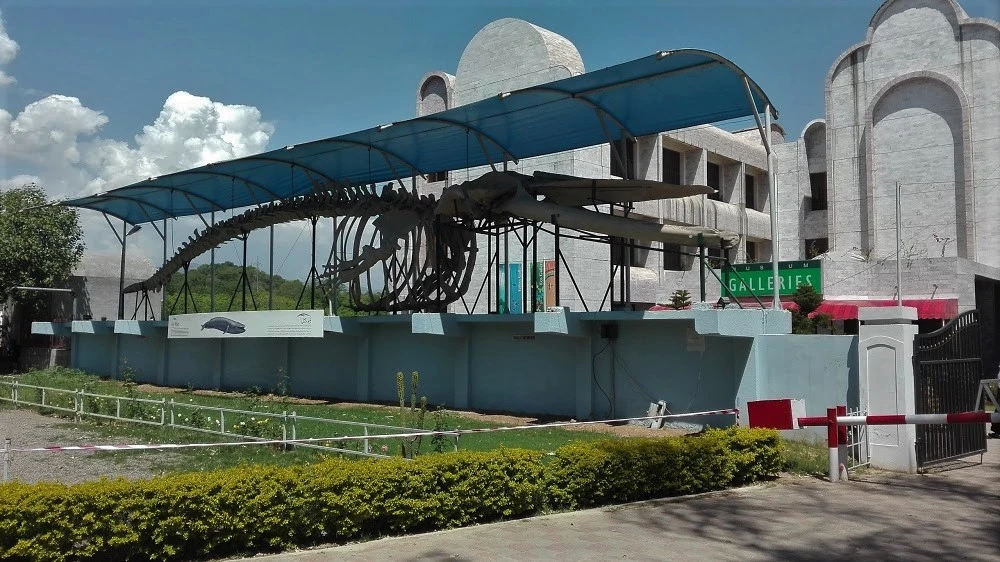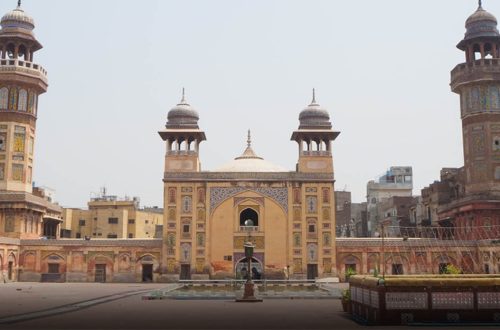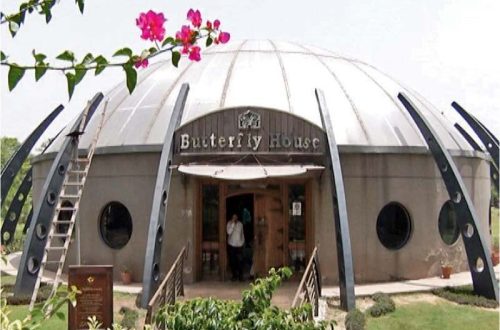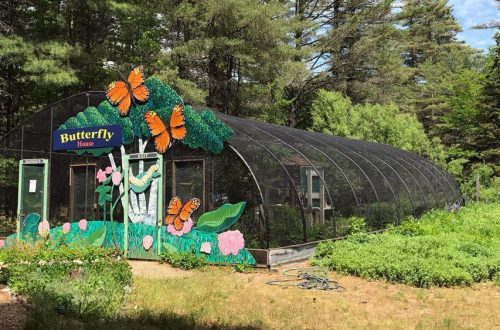Renowned as one of the finest museums in Islamabad, the Pakistan Museum of Natural History (PMNH) was established in 1976 and is managed by the Pakistan Science Foundation. Open to the public of Islamabad, the museum features four dedicated sections focusing on earth sciences, botanical sciences, zoological sciences, and public services.
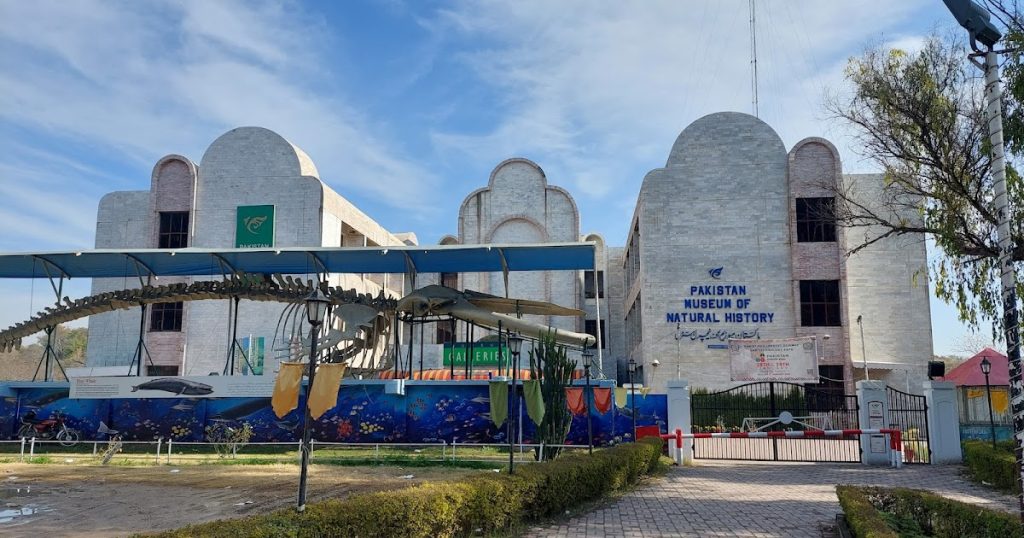
The museum houses six galleries that provide educational insights into Pakistan’s natural history. Visitors can explore exhibits that include fossils, animal and plant specimens, rocks, gems, and life-sized models of ancient creatures that once roamed the region but are now extinct.
In addition to its role as a museum, the PMNH serves as a research center, with over 30 scientists actively studying Pakistan’s natural history. The public services section of the museum organizes workshops, seminars, lectures, and other events aimed at raising awareness about the preservation and conservation of wildlife, natural resources, and indigenous plants. The museum’s Virtual Orientation Gallery is particularly engaging for children, offering an interactive experience to learn about the earth and its biodiversity.
The role of the museum in preserving natural heritage
Museums serve as vital custodians of our planet’s natural heritage. They house irreplaceable specimens, conduct critical research, and educate the public about the wonders of the natural world. By preserving and showcasing diverse ecosystems, species, and geological formations, museums foster a deeper understanding of our planet’s intricate web of life. They also play a crucial role in raising awareness about environmental challenges and inspiring conservation efforts. Through interactive exhibits, educational programs, and scientific research, museums empower individuals to become stewards of the environment and contribute to a sustainable future.

Location of the Pakistan Museum of Natural History
The Pakistan Museum of Natural History is nestled within Shakarparian National Park in the Shakarparian Hills. You can reach it by taking the Shakarparian Interchange from Islamabad Expressway/Faisal Avenue and following Garden Avenue. This route not only leads to the museum but also to nearby attractions like the Lok Virsa Museum and the Pakistan Monument, offering an excellent opportunity to further explore Islamabad. Garden Avenue continues through the park, eventually connecting with Murree Road.
Museum Galleries and Exhibits: Pakistan Museum of Natural History
Museum galleries are the heart of the institution, housing a vast array of artifacts, specimens, and artworks. These curated spaces offer visitors a journey through time, culture, and nature. Interactive exhibits, multimedia displays, and informative panels bring history and science to life. From ancient civilizations to contemporary art, natural history to human ingenuity, museums offer a diverse and enriching experience for all ages.
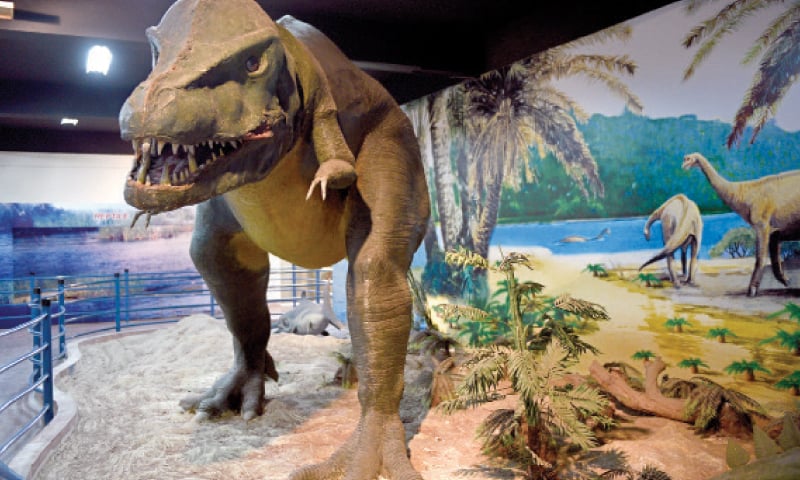
The Earth Sciences Gallery
Step into a world of wonder at the Earth Sciences Gallery. Discover the secrets of our planet’s formation, from the fiery birth of molten rock to the intricate dance of tectonic plates. Marvel at the diversity of minerals and gemstones, each with its own unique story. Explore the fossil record, tracing the evolution through millions of years. Interactive exhibits, captivating displays, and hands-on activities offer a thrilling adventure for all ages.
The Botanical Sciences Gallery
Step into a vibrant realm of green at the Botanical Sciences Gallery. Discover the intricate beauty of the plant kingdom, from towering trees to microscopic algae. Explore interactive exhibits that reveal the secrets of photosynthesis, the importance of biodiversity, and the delicate balance of ecosystems. Immerse yourself in the world of botany and gain a deeper appreciation for the plants that sustain living on Earth.
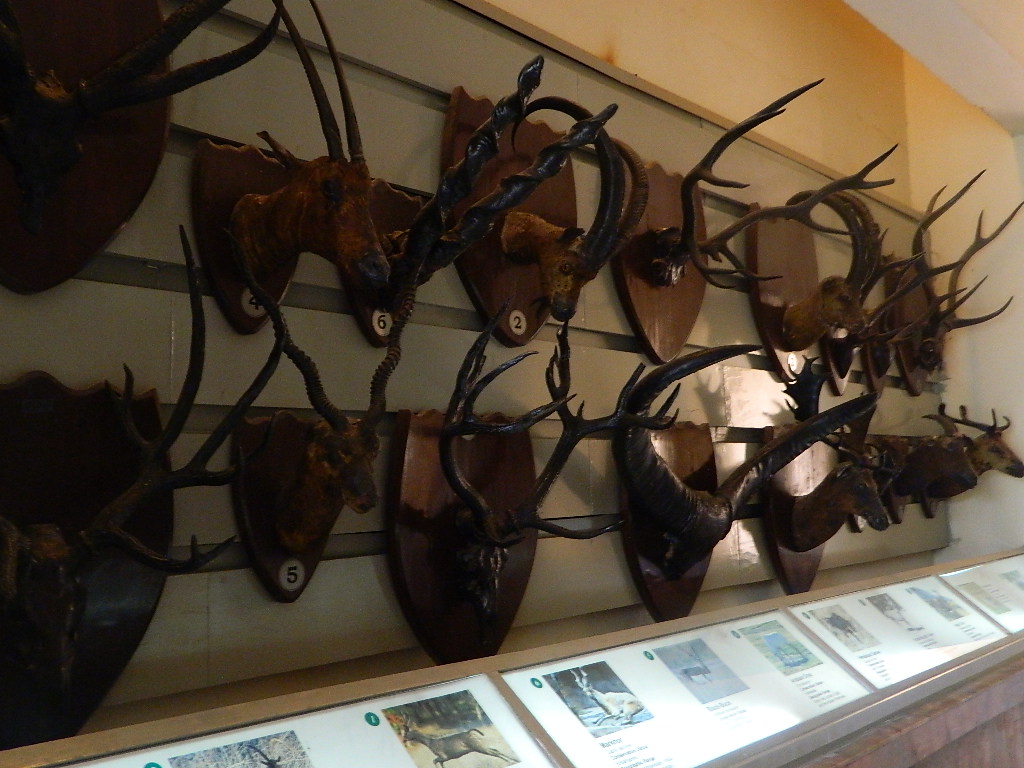
The Zoological Sciences Gallery
Embark on a thrilling journey through the animal kingdom at the Zoological Sciences Gallery. Encounter life-sized replicas of majestic creatures, from towering elephants to soaring birds of prey. Discover the intricacies of animal adaptations, from the camouflage of chameleons to the migration patterns of whales by visiting Pakistan Museum of Natural History. Interactive displays offer hands-on experiences, allowing visitors to explore animal habitats, lifecycles, and the delicate balance of ecosystems. Prepare to be amazed by the diversity and wonder of the natural world.
Bio Gallery
This Gallery showcases the diverse wildlife of Pakistan, featuring displays of animals and their skeleton, birds, and plants in their natural habitats. The country’s rich biodiversity is on full display, with exhibits highlighting species from the northern alpine ranges to the southern beaches.
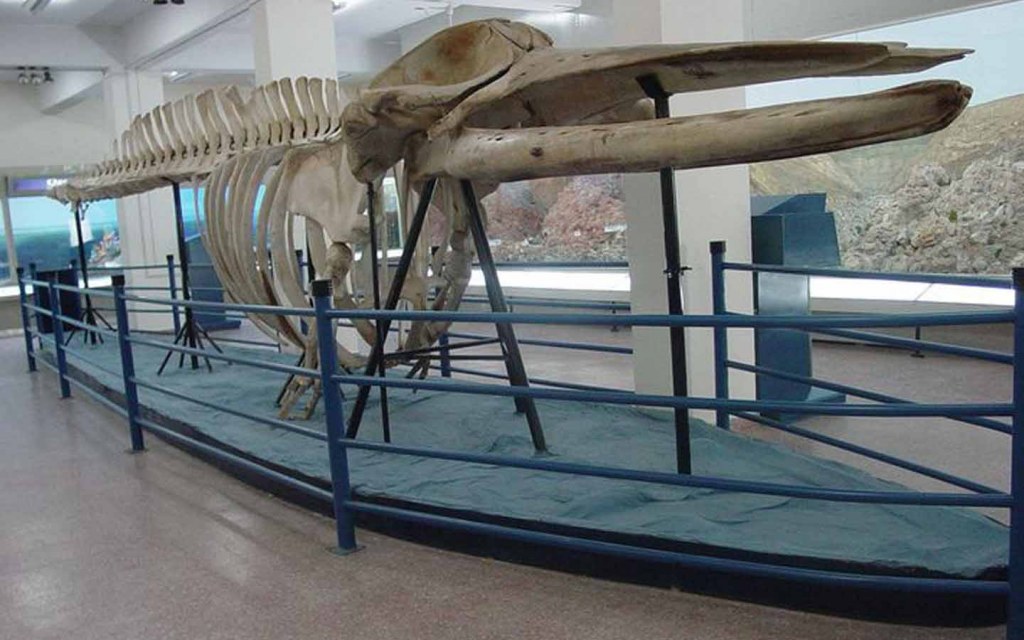
Tethys Gallery
This Gallery highlights rocks and minerals collected from across Pakistan, alongside visual representations of the country’s salt range. The exhibit also features a variety of fossilized rocks. A standout attraction is the 3-D diorama of the Khewra Salt Mines, which is sure to inspire both locals and visitors to explore this iconic tourist destination in Punjab.
Eco Gallery
The Eco Gallery delves into the lifecycle of plants and animals, as well as the formation of rocks. It features displays of rock formations and animal food chains. A highlight of the gallery is the massive tree trunk of a Deodar tree, with its rings revealing not only the tree’s age but also detailed insights into the weather conditions it experienced throughout.
Gemstones Gallery
This Gallery is a treasure trove for jewelry enthusiasts, showcasing a stunning collection of gemstones naturally found across all provinces of Pakistan. Visitors can admire these gems in both their raw and polished forms. The display features popular gemstones such as garnet, emerald, ruby, quartz, and aquamarine.
Palaeo Gallery
This Gallery is sure to captivate both historians and children, featuring skeleton and fossils of extinct creatures discovered in Pakistan, some dating back 650 million years. The centerpiece showcases complete skeletons of an elephant and a giraffe, offering a fascinating glimpse into the distant past.
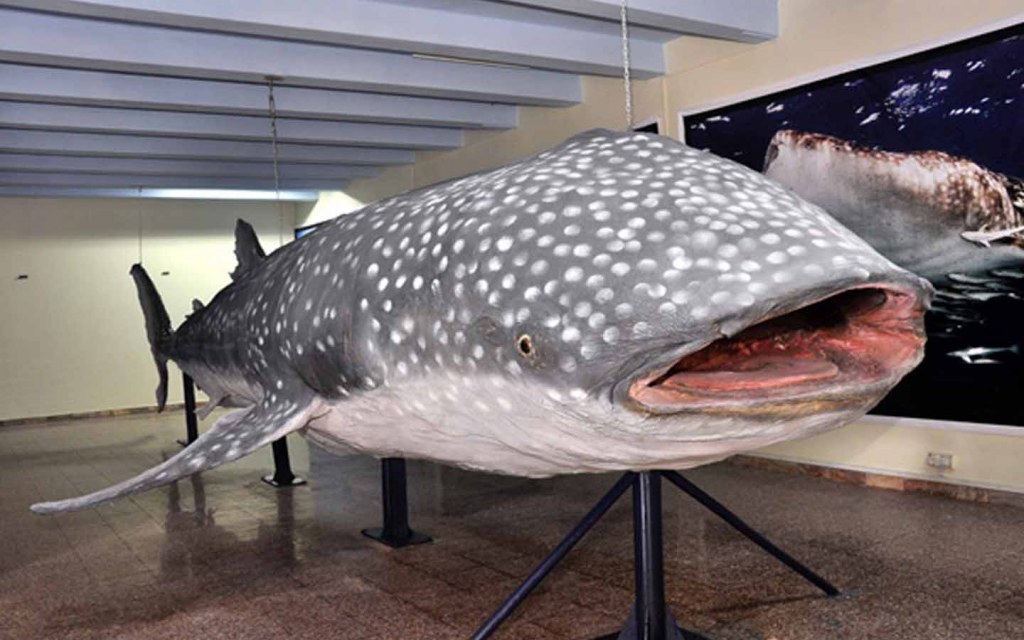
Educational and Public Programs: visiting Pakistan Museum of Natural History
Museums are more than just repositories of artifacts; they are dynamic hubs of learning and engagement. Educational programs cater to diverse audiences, from school children to lifelong learners. Interactive workshops, guided tours, and lectures bring exhibits to live, fostering curiosity and critical thinking. Public events like film screenings, artist talks, and family days create opportunities for community interaction and inspire lifelong learning. Museums play a vital role in shaping informed and engaged citizens.
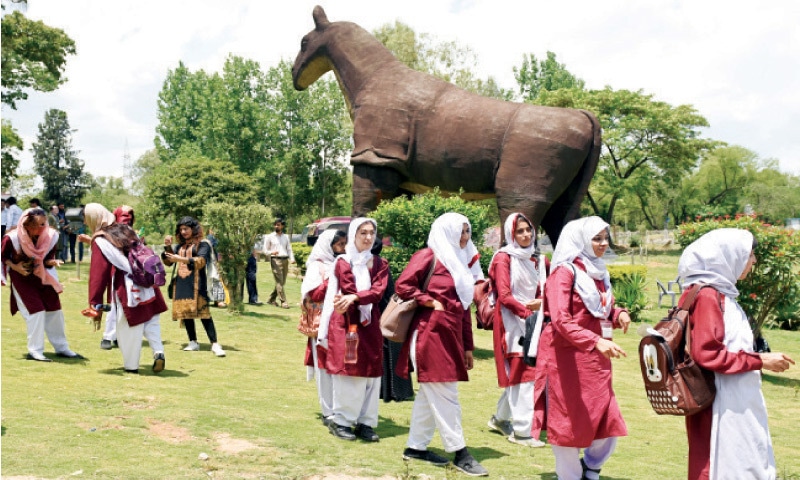
Workshops and Seminars: Pakistan Museum of Natural History
Museums often host engaging workshops and seminars to deepen visitor understanding. These interactive sessions cover a wide range of topics, from art history and conservation techniques to scientific discoveries like skeleton and cultural exploration. Participants can gain valuable insights from experts, engage in lively discussions, and develop new skills. Whether you’re a seasoned enthusiast or a curious beginner, these programs offer opportunities to explore museum collections in greater depth.
The Virtual Orientation Gallery: Pakistan Museum of Natural History
In today’s digital age, museums are embracing technology to enhance the visitor experience. The Virtual Orientation serves as a digital portal, offering an interactive introduction to the museum’s collections and exhibitions. Through immersive visuals, informative text, and engaging audio-visual content, visitors can explore the museum’s highlights before their physical visit. This virtual space provides a roadmap for navigating the museum, allowing visitors to plan their visit efficiently and maximize their time spent exploring the exhibits of Virtual Orientation Gallery.
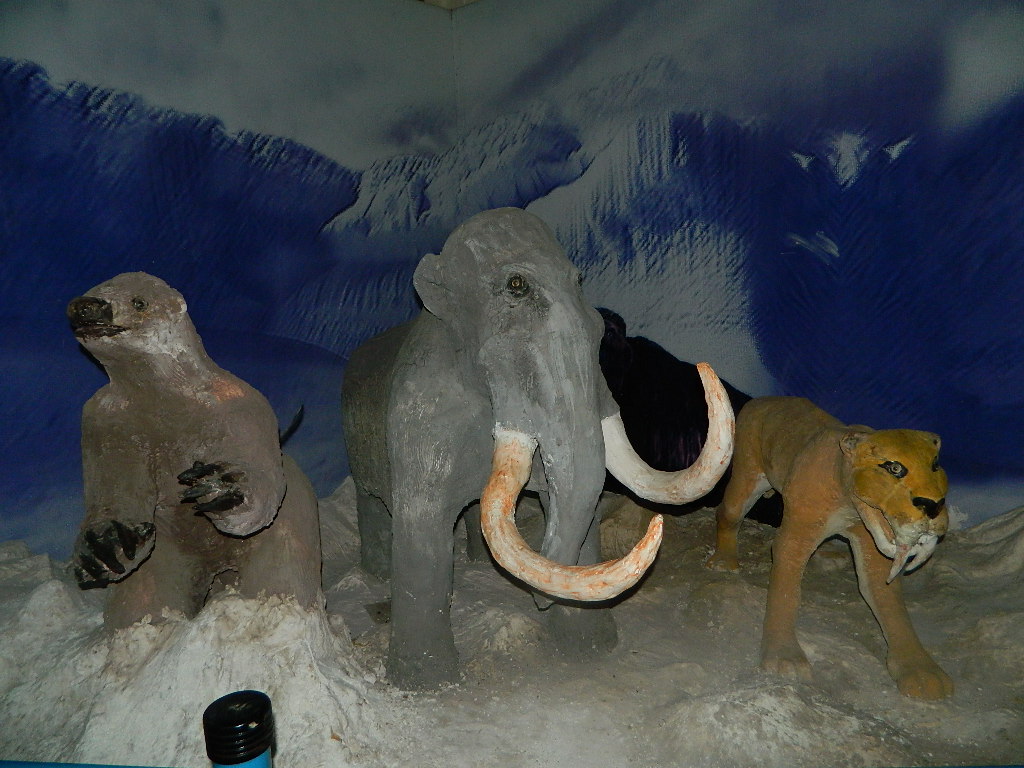
Opened in 2016, this is the newest addition to the museum, designed to provide an interactive experience for younger visitors. Here, you can explore the PMNH through a virtual tour and engage with the exhibits by playing games featuring creative layouts. The Virtual Orientation Gallery offers its content in both English and Urdu, making it accessible to a broader audience.
Conservation Initiatives: Pakistan Museum of Natural History
Museums are at the forefront of conservation efforts. By showcasing the fragility of our planet and the impact of human activities, they inspire action. Many museums actively participate in conservation projects, partnering with scientists, governments, and communities to protect endangered species, restore habitats, and promote sustainable practices. Through research, education, and advocacy, museums play a vital role in safeguarding our planet’s natural and cultural heritage for future generations.
Research and Conservation Projects: Pakistan Museum of Natural History
Museums are often at the forefront of scientific research and conservation efforts. By studying their collections, scientists can uncover new knowledge about the natural world and human history. Collaborative projects with universities and research institutions help advance understanding in fields like paleontology, botany, and zoology. Additionally, museums play a crucial role in preserving endangered species and their habitats through education, advocacy, and support for conservation initiatives.
Community Engagement and Awareness: Pakistan Museum of Natural History
Museums are more than just repositories of knowledge; they are vital hubs for community engagement. By offering accessible and inclusive programs, museums foster a sense of belonging and ownership among visitors which have interests of natural history of Pakistan. Outreach initiatives, such as school programs, workshops, and public lectures, cultivate a deeper appreciation for cultural heritage and scientific discoveries. Museums also play a crucial role in raising awareness about social issues and inspiring action for positive change. By creating spaces for dialogue and collaboration, museums empower communities to shape their own future.
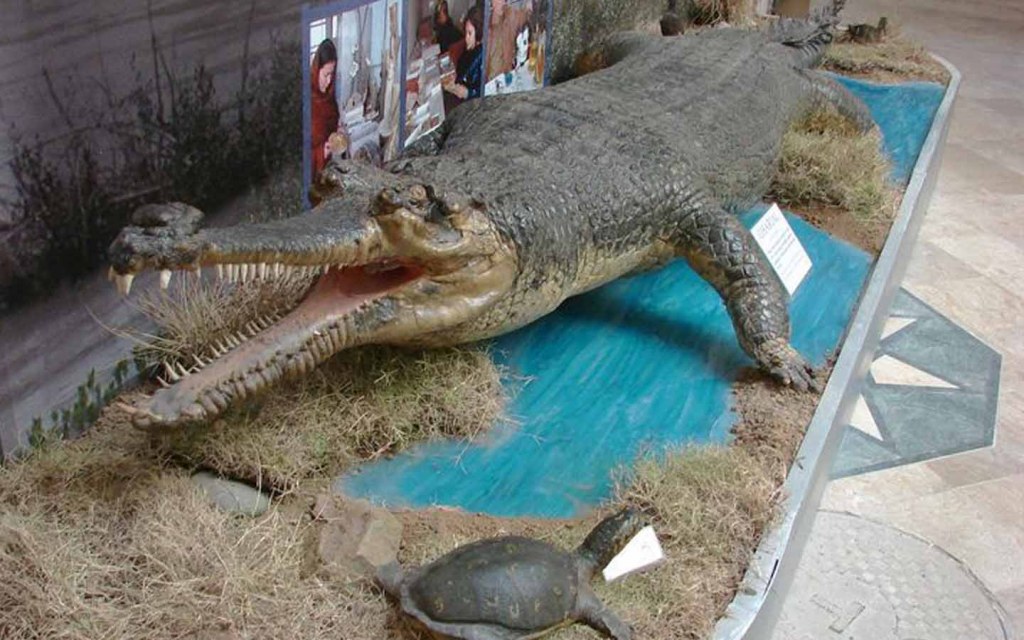
Conclusion: visiting Pakistan Museum of Natural History
Museums are dynamic institutions that serve as pillars of education for knowing natural history of Pakistan, inspiration, and preservation. By housing vast collections, conducting vital research, and engaging with the community, they illuminate the past, inspire the present, and shape the future. As guardians of our shared heritage, museums play a crucial role in fostering a deeper understanding of the world around us and nurturing a sense of global citizenship.
The Museum’s Impact on Education: Pakistan Museum of Natural History
Museums serve as powerful catalysts for learning. By preserving and showcasing our collective heritage, they ignite curiosity and inspire future generations. Through interaction, programs, and research initiatives, museums foster a deep appreciation for history, art, science, and culture. Moreover, they play a pivotal role in raising awareness about environmental challenges and promoting sustainable practices. By connecting people with the past, present, and future, museums empower individuals to become informed, engaged, and responsible citizens.
How much is the ticket for National Museum of Pakistan Islamabad?
What are the ticket prices for the Natural History Museum in Islamabad? Entry to the Pakistan Museum of Natural History is priced as follows: PKR 30 for local visitors, PKR 20 for students, and PKR 100 for foreign visitors. Children under the age of 5 can enter the museum for free.
What is the name of Pakistan biggest museum?
Founded in 1951 and originally housed in the historic Frere Hall until July 1969, the National Museum of Pakistan is the country’s largest museum. It showcases some of the oldest artifacts ever unearthed in Pakistan.
What is the most interesting museum you ever visited in Pakistan?
The Lahore Museum, Pakistan’s oldest and most renowned cultural institution, has been an integral part of Lahore’s history since its establishment in 1865 during the British Raj. Situated in the heart of the city, the museum offers a captivating journey through time, housing artifacts that date back to the Indus Valley Civilization.
What is the name of Islamabad museum?
The Heritage Museum (Urdu: لوک ورثہ عجائب گھر), commonly known as the Lok Virsa Museum, is a cultural and historical museum in Islamabad, Pakistan. Situated in the Shakarparian Hills, it is managed by Lok Virsa – the National Institute of Folk & Traditional Heritage. The museum highlights and celebrates the vibrant living cultures of Pakistan.
